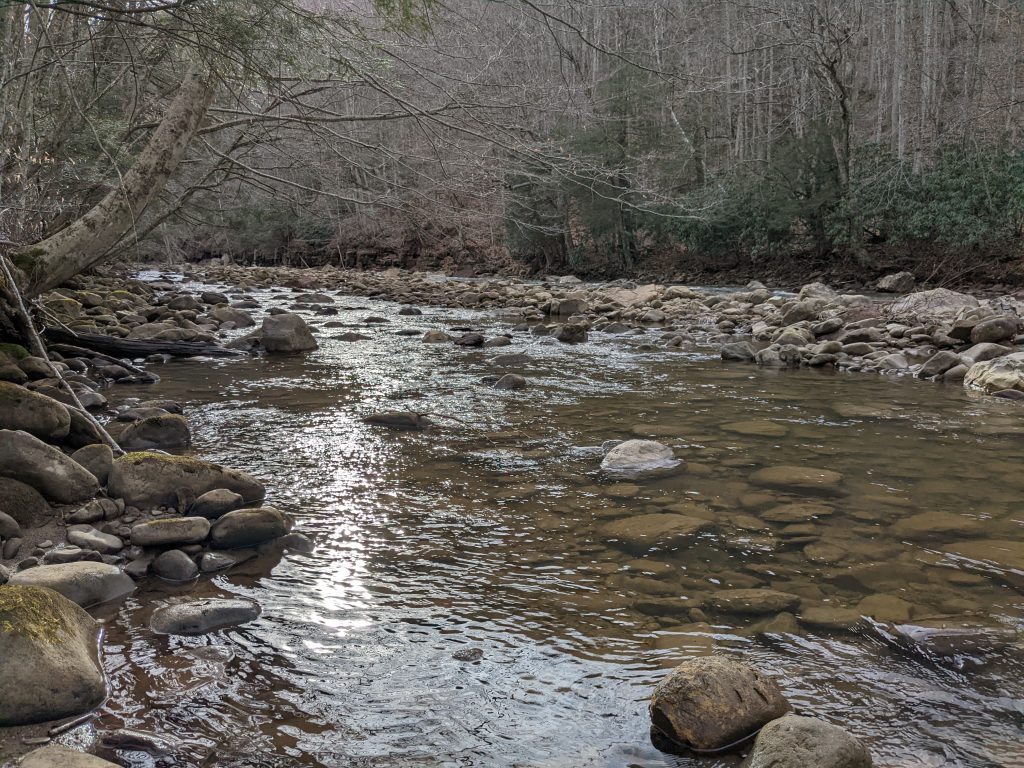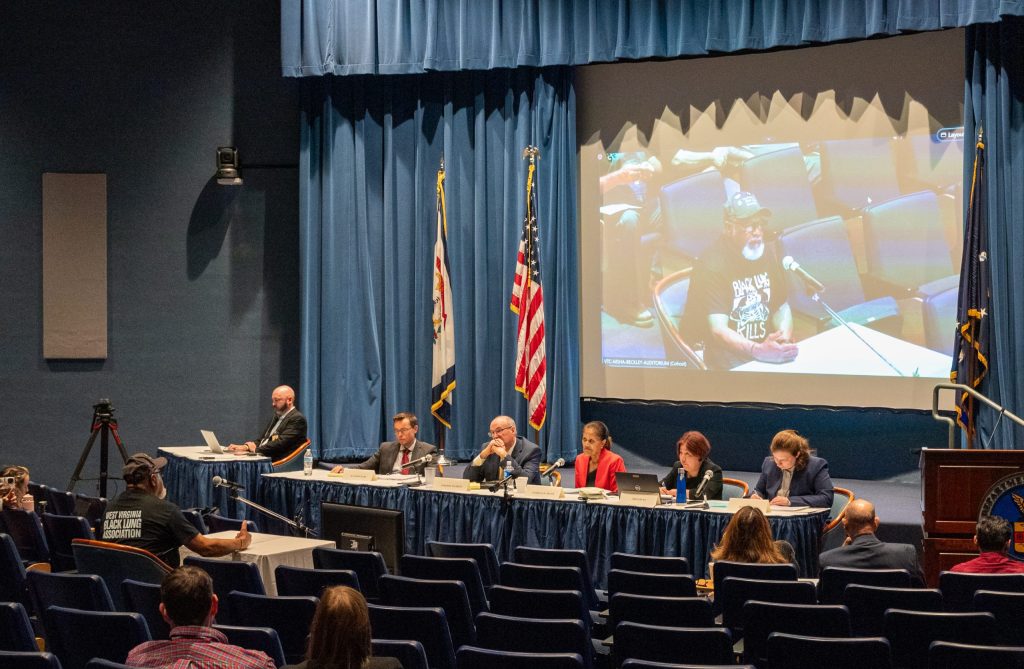By KaLeigh Underwood
During October and November 2016, numerous wildfires burned across the Southeast United States. In total, more than 119,000 acres across Alabama, Georgia, South Carolina, North Carolina, Tennessee, Kentucky, Virginia and West Virginia were affected.
Gatlinburg, Tenn., and Sevier County were particularly hard hit, and the U.S. Department of Labor awarded a $5.8 million grant for recovery efforts. The Knoxville News Sentinel reports that 14 people died in the late November fire and more than 2,460 buildings in and around the historic town were damaged or destroyed.
According to News Channel 3 WREG, a National Dislocated Worker Grant is expected to help approximately 200 Tennessee workers affected by the fire. Commissioner Burns Phillips told WREG that the grant funding will help “put people back to work and accelerate the clean-up and recovery process.”
The city of Gatlinburg is offering information on their website to assist residents on how to safely re-enter homes and businesses damaged by fire, issuing permits for disaster demolition and continuously updating the Sevier County Structure Status map. They are encouraging donations and coordinating volunteer efforts through the website mountaintough.org.
The Chimney Tops No. 2 fire that raged near Gatlinburg burned more than 17,000 acres, nearly 11,000 acres of which were in the Great Smoky Mountains National Park, according to the News Sentinel. The park’s website is alerting visitors to trail closures due to the fire. After investigation, two juveniles were charged with arson.
In North Carolina, more than 72,000 acres burned in separate fires, according to online newspaper blueridgenow.com.
Many communities have joined together to support local firefighters. On Jan. 21, the Lake Lure and Chimney Rock Village communities held a fundraiser to thank the Hickory Nut Gorge Fire Department.
According to Carolina Mountain Land Conservancy’s website, fire is a natural process for forests. Clint Calhoun, environmental management officer for the Town of Lake Lure, told the organization that fires are a means of reducing debris and litter, and for recycling carbon and other elements back into the soil, which help with regeneration and increased biodiversity.
“I think there is a lot we can learn about fire ecology in the Hickory Nut Gorge that we may have always suspected, but can now be proven or disproved,” said Calhoun.
The Weed Action Coalition of the Hickory Nut Gorge is collaborating with the North Carolina Forest Service for a Citizen Scientist Program. The group will help track effects of the fire.
Related Articles
Latest News

Leave a comment
Your email address will not be published. Required fields are marked *




